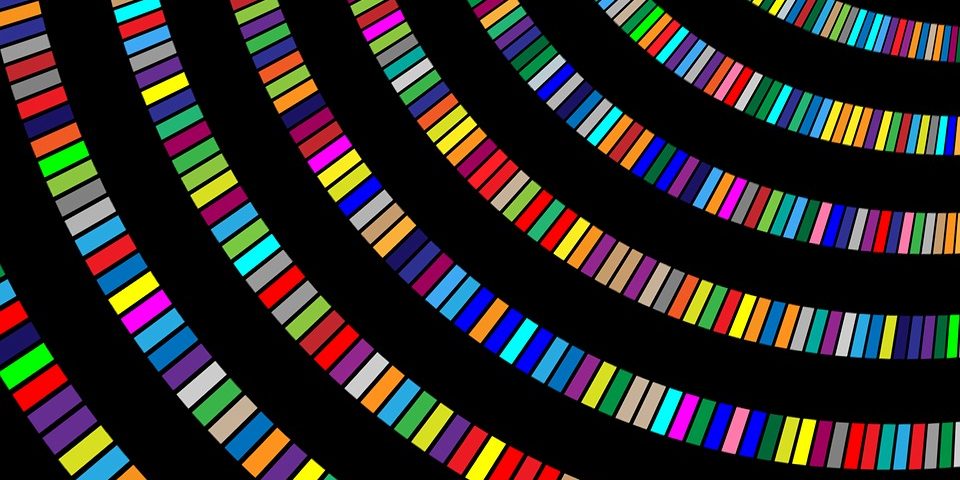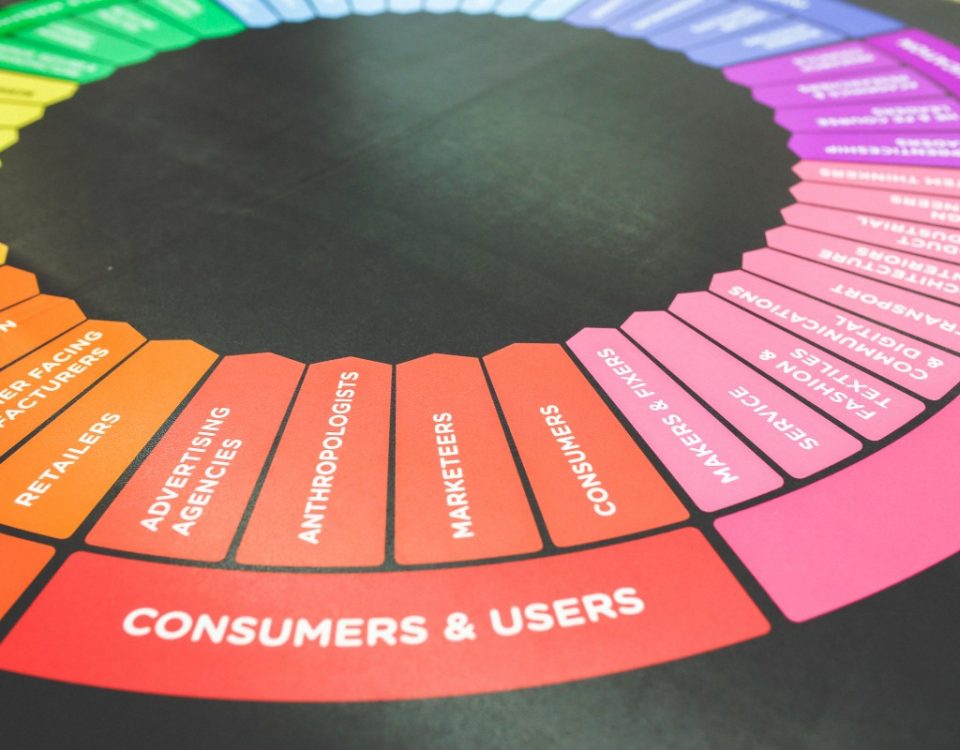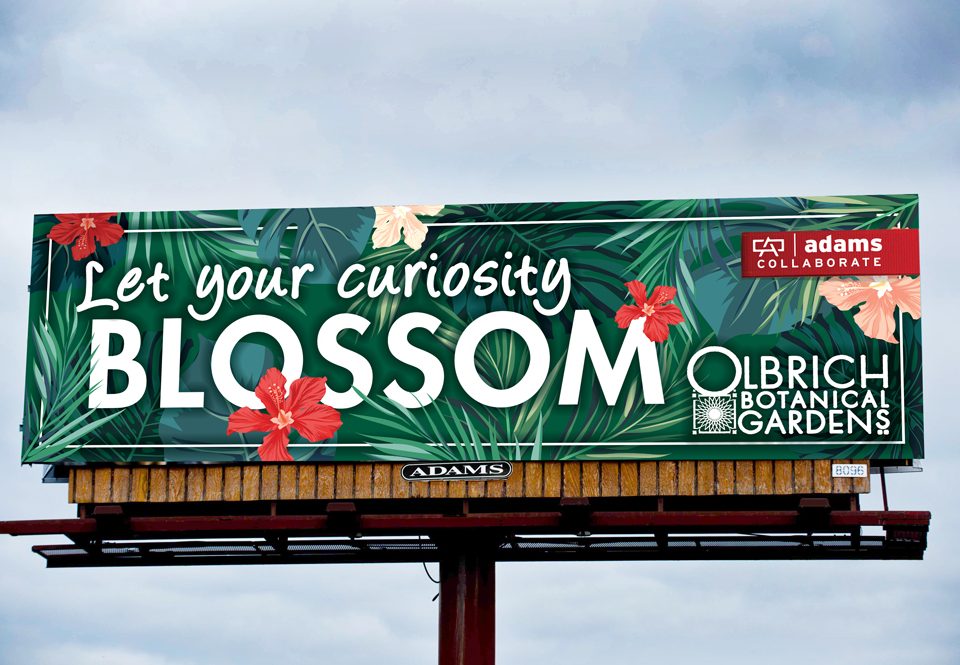When it comes to marketing, it is well understood that the psychology of color matters to your customers. The color of your ads, the palette you select for your website design, and even the design of your logo set the tone for your customer. They get a first impression of you, and that impression lasts.
This is why color is such an important part of ad design. Depending on the message you want to send to your customer, the mood you want them to come away with, colors can set the foundation for your message before you add a single word of text or a photo.
As they say, a picture says a thousand words. The color of the objects in that photo tells you the mood of those words. Here are six ways the color of your ad affects customers.
They Create a Mood
This is the most common thing people think about when they think of color, and it needs very little explanation here. There are dozens of articles on the web that talk about what colors set what mood for your customers no matter what kind of ad you are creating.
If you do not understand this yet and have not studied it, simply know that designers and scientists have teamed up for many studies on the topic. Those studies are out there, on the web, free for you to peruse and understand. You should look at these studies before you choose company colors, design your logo, and definitely before you create any advertisements. Make sure your color choice is sending the same message as your ad so your customer is not left confused and conflicted about how to feel about your brand.
They Create Associations
Beyond the simple psychology of color, colors also create certain associations, and in some ways those associations are affected by the way the colors are arranged. For instance, red and yellow combined in certain ways remind people of McDonald’s. They have a certain association with that brand, fast food, and even clowns.
The likelihood is that you can also think of other color combinations your mind immediately associates with a certain brand. Red, white and blue in certain configurations remind you of either Pepsi or the American flag.
Look closely at your logo and your advertisement design. Do they remind you of anything? Is that a good or a bad thing?
They Enhance Content Readability
Monochromatic colors are more readable than bright ones but are less dynamic. Sharp contrasts like green over yellow are easier to read simply because they stand out. This is not just affected by color, but by the font and font size used as well.
Smaller print needs to be more monochromatic. Large print can be more dynamic, but should be done in easy to read fonts that look good in large format. Think of it this way: if you have the greatest ad content, but no one can read it, what good does it really do you? None! Use color to make sure your ad is readable.
They Make Text Legible
It is not just about contrast and font size. The wrong color combinations can actually make your ad illegible. While it sounds like a great experiment to use different shades in the same ad, the more shades you have, the worse your ad will be rated. More colors of text, especially contrasting ones, makes it even harder to read.
While the ad might be colorful or even interesting and may draw the eyes of a viewer, if they can’t read it, your message will not get across at all. Think of how the color affects how easy your ad is to read and how legible it is, looking at it from several angles and showing it to others. If they can’t read it, can it and start over.
They Establish Consistency
Think of the brand Pepsi we mentioned above. Every Pepsi ad has red, white, and blue in it. Coke usually has red and white. ESPN has red and white lettering, even in their additional channels. Different brands experiment with different colors, but for the most part color helps to make their logo and brand recognizable before the viewer even reads a word.
The thing is the more consistent your ads are, the easier it will be for you to establish brand recognition, and a part of that consistency is color and the color schemes you use. Utilize color correctly in this way, and your brand and logo will be recognizable on site.
They Can Increase Accessibility
Ever think about the fact that some of the people who see your ad might be color blind? Can they still make out your text, recognize your brand, and is your ad legible to them? Simple considerations in the choice of colors can make sure they can read your ads as well.
- Use of bright and strong contrast between background and foreground
- Instead of using colors in special areas of the page or picture such as graphs and maps, use different shades of same colors
- Use blue, black, white or yellow colors to create differentiation
Not everyone has the same eyesight you do, and while not extremely common, you want your ad to appeal to and be able to be read by everyone regardless of their vision abilities.
The color of your ad affects customers on more levels than just mood. Be sure your ad is well designed before you even start your campaign. Have questions or want to get a digital signage ad campaign started today? Contact us here at [email protected]and let us know how we can help you.




